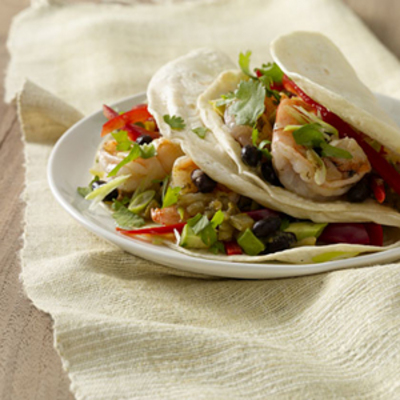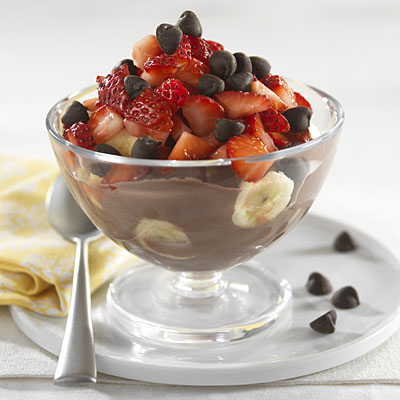
Woman with migraineCredit: Wikimedia Commons/ Inniverse, Wikimedia Commons/ Inniverse
Painful sexual intercourse is a scary thought for all women, and unfortunately a reality for many women. A condition known as endometriosis is a condition known for causing painful sexual intercourse in women. But, how does endometriosis make sex painful? How can women with endometriosis overcome the pain and enjoy a normal sex life? Here we will explore these questions and provide the answers you need. Also, always make sure to report all pain during sex to your doctor.
Understanding the Basics
First, we have to look at the very basics of endometriosis to understand why it causes you to experience pain during sex. When you have this condition, the tissue that is normally found in your uterus starts to grow, abnormally, outside of it. Most commonly, women find their bowel, ovaries or pelvic lining tissues affected. It can, however, spread beyond the pelvic area affecting other parts of the body, but this is quite rare. With this condition the tissue that is growing in the wrong areas acts as it should during your menstrual cycle. Because it is displaced it becomes trapped and does not leave your body. Then, the tissue surrounding the displaced tissue can become irritated, and as time passes, adhesions and scar tissue can form. This is where the pain comes in. Pain during your menstrual period is also not uncommon.
Endometriosis and Painful Sex
The pain you experience during sex is not generally determined by the size of the lesions, but the location of the lesions. For example, a rather painful area for lesions is the lower part of the uterus and behind the vagina. During intercourse, the thrusting will push and pull at the lesions and this can cause you to experience pain, that for some women can be rather significant.
Improving Sex with Endometriosis
Having endometriosis does not mean you have to stop having sex, but you may have to get a little creative. One of the first things you can try to reduce pain and discomfort is to try new positions. You may have to experiment a little bit to find the position, or positions, that are most comfortable for you. Most women report that old-fashioned missionary style is generally the most painful due to how the uterus is positioned in this position, so you will likely want to avoid this one and try something else. A side-to-side position, while it may take a little coordination, if often reported to be comfortable for many women based on the angle of the penis for this position. Also, we all know how embarrassing it can be to talk sex with our doctors, but your doctor can help you in determining the best position and he or she is a professional with your best interest in mind.
Many women find certain times of the month less or more painful than others, so try and keep track of this. Some women report more pain during the times they are ovulating, so get to know your ovulation schedule and try to determine if your pain is worse or better during this time. If you can find a time during the month where you experience less pain, go with it. If you notice a time during the month where sex is more painful, discuss this with your partner and explain to him that it is just too painful.
On that same note, it is important to communicate. Your partner will never know that sex is painful for you unless you tell him. You may also want to bring your partner to your next doctor's appointment so he can ask questions and really get a chance to understand how much pain you are in. You do not want your pain to strain your relationship, so be open about it and do what you can to ensure your partner fully understands the impact your pain has on you. Also, be willing to answer questions when your partner has them. If for some reason your partner is not as understanding as you would like, talk to a trusted friend or family member for some additional support.



















































